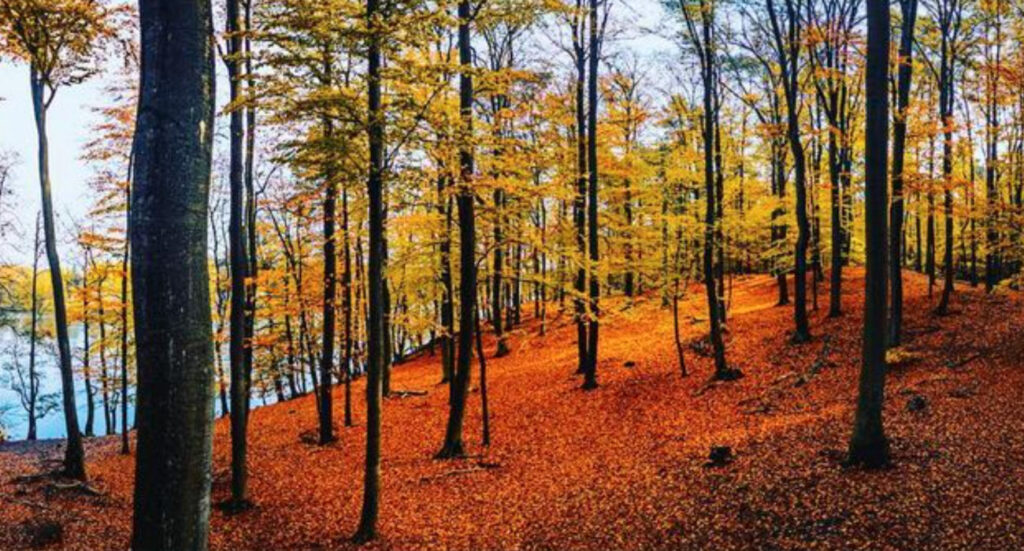Welcome to our dedicated page on landscape photography! Capturing the beauty of the world around us is an art form that requires a keen eye, technical prowess, and a deep appreciation for nature’s wonders. Here, we delve into the essential aspects that make landscape photography a captivating and rewarding endeavor.
1. Composition: Crafting a compelling composition is crucial in landscape photography. Utilize the rule of thirds, leading lines, and framing techniques to guide the viewer’s gaze through your image and create a sense of depth.
2. Lighting: The right lighting can transform an ordinary scene into a breathtaking masterpiece. Golden hour, when the sun is low on the horizon, bathes landscapes in warm and soft light, enhancing textures and colors. Experimenting with different lighting conditions can add drama and mood to your shots.
3. Focal Point: While landscapes are expansive, having a distinct focal point adds interest and structure to your image. It could be a striking tree, a prominent rock formation, or any element that draws the viewer’s attention.
4. Depth of Field: Controlling the depth of field is essential in landscape photography. Utilize a smaller aperture (higher f-number) to achieve a deep depth of field, ensuring that both foreground and distant elements remain in sharp focus.
5. Tripod Use: Stabilizing your camera on a tripod eliminates camera shake, especially during longer exposures. This is indispensable for capturing intricate details and achieving tack-sharp images.
6. Filters: Graduated neutral density filters can help balance the exposure between the sky and the landscape, preventing overexposed skies and underexposed foregrounds. Polarizing filters can reduce glare and enhance color saturation.
7. Patience: Landscape photography often demands patience. Waiting for the perfect light, weather conditions, or the right moment when all elements align can result in breathtaking photographs.
8. Post-Processing: Post-processing is where your creative vision comes to life. Use editing software to fine-tune colors, contrast, and sharpness while maintaining a natural look. Remember, moderation is key – aim for enhancements that complement the scene rather than overpower it.
9. Location Scouting: Research and exploration play a vital role. Scouting locations beforehand allows you to identify unique vantage points and anticipate the best times for shooting.
10. Storytelling: Every landscape has a story to tell. Whether it’s the tranquility of a serene lake or the ruggedness of a mountain range, aim to convey emotions and narratives through your images.

Landscape photography is a rewarding journey that invites you to connect with nature on a profound level. It’s about capturing moments that evoke emotions and inspire awe. So grab your camera, venture into the great outdoors, and embark on a quest to capture the world’s beauty one frame at a time.
